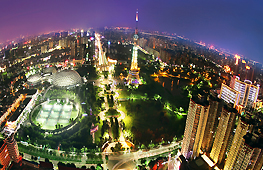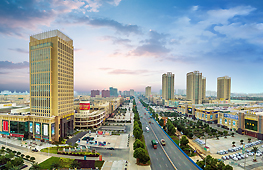Ancient city protects and inherits traditional Qiang culture
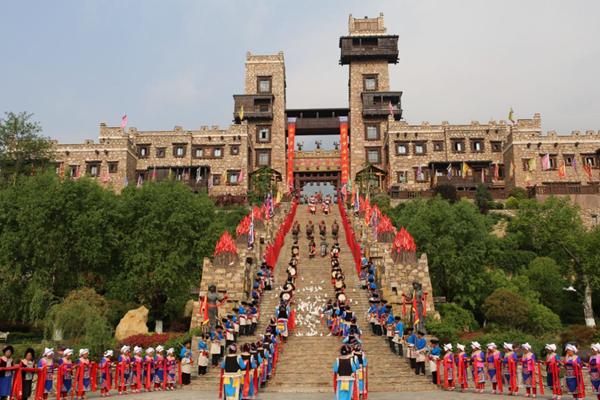 |
|
The Ancient Qiang City of China in Maoxian county, Aba Tibetan and Qiang autonomous prefecture, Sichuan province holds a traditional gate-opening ceremony every morning to welcome visitors. [Photo provided to China Daily] |
Maoxian county, the area with the largest concentration of members of the Qiang ethnic group in China, has realized the protection and inheritance of Qiang culture through the reconstruction of an ancient Qiang city that was severely damaged after the Wenchuan earthquake in May 2008.
The Qiang ethnic group has a history of more than 3,000 years and is one of the original ethnic groups in China. It is famous for its unique language, customs, arts, and religious beliefs. Today, about 300,000 Qiang people live in Sichuan, the major habitat of the Qiang people.
The Ancient Qiang City of China in Maoxian county, Aba Tibetan and Qiang autonomous prefecture, Sichuan province is a unique site for the lively display of Qiang culture. It maintains the original architectural style, folk customs, and rituals of the Qiang people.
Visitors can watch traditional song and dance performances by members of the Qiang people, experience the atmosphere of Qiang festivals, and even have a look at the marriage customs of the Qiang people.
The operation of the Ancient Qiang City of China has also increased the incomes of local residents. Since its opening in Nov 2013, the city keeps an average annual employment of more than 700 Qiang people and has employed 3,500 Qiang people in total.
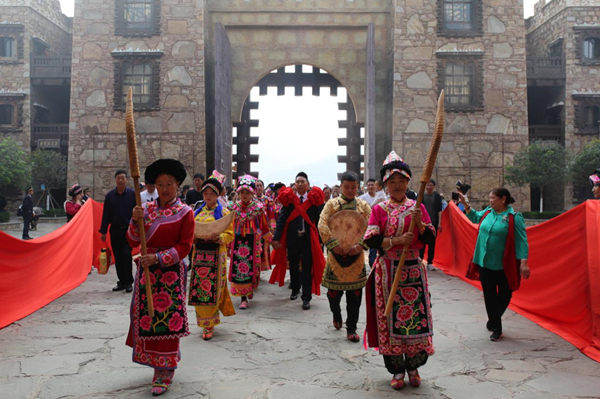 |
|
A traditional wedding ceremony is held at the Ancient Qiang City of China in Maoxian county, Aba Tibetan and Qiang autonomous prefecture, Sichuan province. [Photo provided to China Daily] |
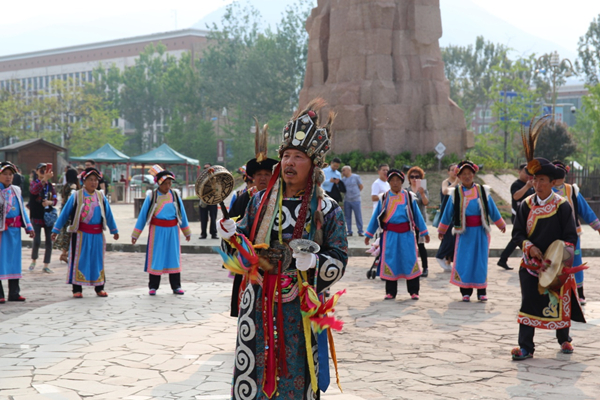 |
|
Members of the Qiang ethnic group perform traditional dances at the Ancient Qiang City of China in Maoxian county, Aba Tibetan and Qiang autonomous prefecture, Sichuan province. [Photo provided to China Daily] |






